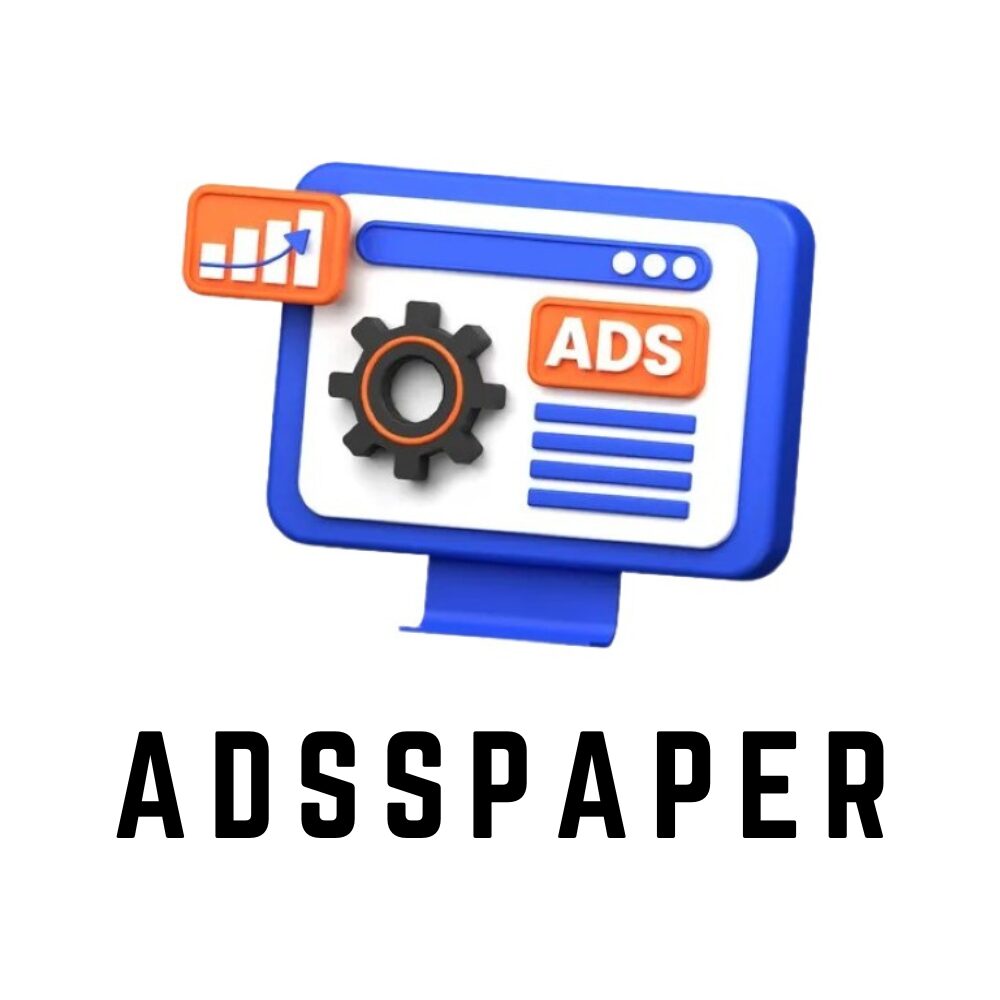Email is one of the most crucial forms of communication in businesses today. It is a simple, quick, and effective way to connect with your colleagues, clients, and potential customers. However, it is essential to craft the perfect email introduction that can make a good impression. Your email introduction is the first thing that your recipient will read, and a poorly written introduction can make your email go unnoticed, or worse, make the recipient delete it without even reading it. Here are five essential tips to help you craft a professional and effective email introduction.
Use a clear and concise subject line
The subject line is the first thing that your recipient will see, so you should make it clear and concise. It should give the recipient an idea of what the email is about. A good subject line should be between 6 and 10 words and should be attention-grabbing. It should also be relevant to the content of the email. If you are sending an email in response to a job application, for example, your subject line should be “Response to your job application” or “Follow up on your job application.”
Start with a personal greeting
Your email should start with a personal greeting. Address your recipient by name and use their proper title, such as “Dear Mr. Johnson” or “Hello Jane” depending on your level of familiarity with them. Use appropriate honorifics where necessary, such as “Dr.” or “Professor” if your recipient has earned those titles. This shows that you have taken the time to personalize your email, making it more likely the recipient will read on.
Keep it brief and to the point
Your email introduction should be brief, clear, and concise. Avoid rambling, and get straight to the point. Your recipient’s time is essential, and long, winding emails may not get read. Keep your introduction to one or two sentences. State the purpose of your email and any relevant information, such as the reason for the communication, the deadline, and any specific requests or actions required from the recipient.
Use appropriate language and tone
The language and tone of your email should be professional, concise, and to the point. Avoid using jargon or technical language if you are unsure whether your recipient will understand what you mean. It is also essential to use proper grammar, spelling, and punctuation to make your email appear more polished and professional. Be careful when adding humor and jokes; you may not know your recipient and might inadvertently insult them.
Close with a polite and precise ending
After finishing the body of your email, it is essential to close with a polite but precise ending. You don’t want to drag out the conclusion, but it’s necessary to add a closing line of some kind so your recipient knows you’re done, especially if you’ve asked them to respond or do something. A single line that says “Thank you for your time” or “I appreciate your response” will show you’re courteous and appreciate the recipient’s time.
Conclusion
Your email introduction is the gateway to your message, so it’s essential to make it as professional and effective as possible. A clear and concise subject line, a personal greeting, a brief introduction, appropriate language, and a polite but precise ending are the five essential tips for crafting a professional and effective email introduction. Follow these tips and create an excellent email introduction that can make a good impression on your recipient, ensuring your message is read and responses are more likely.
5 Unique FAQs
1. What are some common email introductions that people use?
Answer: Common email introductions include phrases like “I hope this email finds you well,” “I appreciate your time,” and “Thank you for responding.”
2. What should I do if I’m unsure about the appropriate tone to use?
Answer: If you’re unsure about the tone, try to keep it professional and straightforward. Avoid using humor or other informal language unless you’re sure your recipient would find it appropriate.
3. Can I use bullet points in my email introduction?
Answer: Yes, you can use bullet points if required to clarify your message. However, avoid using them excessively.
4. Should I use emoji in my email introduction?
Answer: In most professional settings, it’s best to avoid using emojis in your email introduction. They can be seen as too informal or unprofessional.
5. How can I make sure my email stands out from others?
Answer: To make your email stand out, make sure the subject line is clear and attention-grabbing. Keep the body of the email brief and to the point, using appropriate language and tone, and personalize it with a thoughtful introduction.
Common email introductions include phrases like “I hope this email finds you well,” “I appreciate your time,” and “Thank you for responding.
If you’re unsure about the tone, try to keep it professional and straightforward. Avoid using humor or other informal language unless you’re sure your recipient would find it appropriate.
Yes, you can use bullet points if required to clarify your message. However, avoid using them excessively.
In most professional settings, it’s best to avoid using emojis in your email introduction. They can be seen as too informal or unprofessional.
To make your email stand out, make sure the subject line is clear and attention-grabbing. Keep the body of the email brief and to the point, using appropriate language and tone, and personalize it with a thoughtful introduction.

